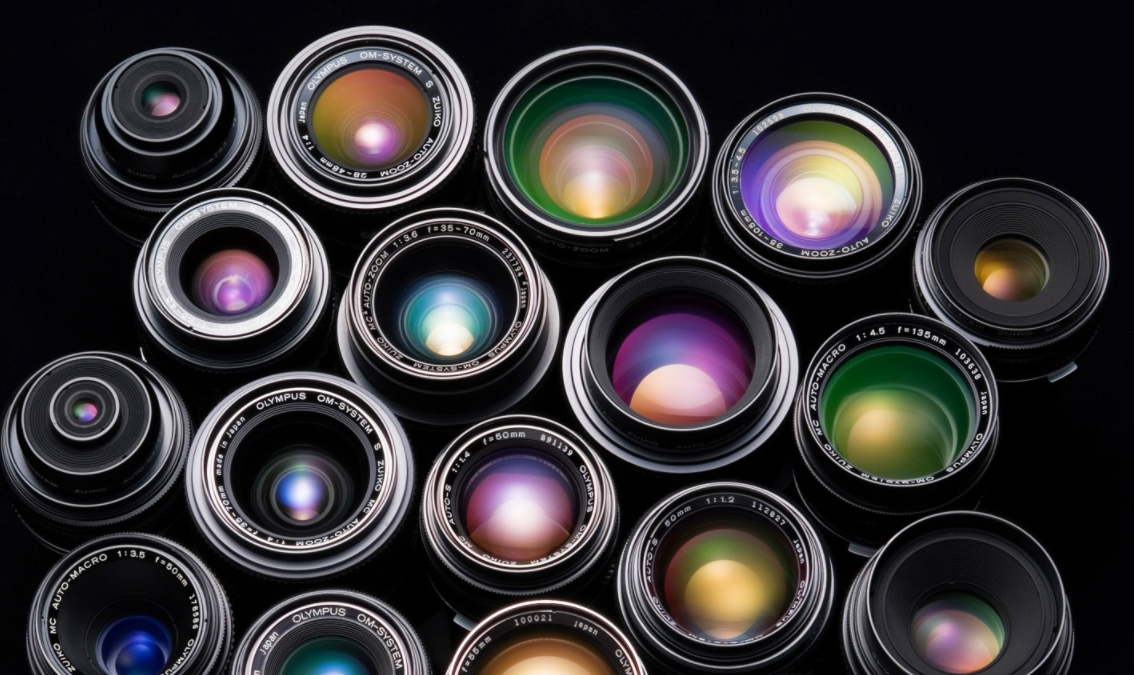Application of Lenses in Photographic Lenses
Lenses play a crucial role in the field of photography, exerting a profound influence on the quality and effects of images. The design and types of lenses used in photographic lenses are diverse, with each lens possessing unique characteristics and applications.

I. Types of Lenses
-
-
Prime Lens:
A prime lens is a fixed focal length lens with a specific lens focal distance. These lenses typically offer high optical quality and a large maximum aperture, resulting in improved image sharpness and background blur effects. Prime lenses excel in capturing portraits, landscapes, and still-life scenes. -
-
Zoom Lens:
A zoom lens has the ability to adjust the focal length, allowing photographers to zoom in or out on the subject by adjusting the lens. This flexibility enables photographers to capture images from different perspectives and distances without changing their position. Zoom lenses are widely used in scenarios that require quick adjustment of focal length, such as sports photography and wildlife photography. -
-
Wide-angle Lens:
A wide-angle lens has a shorter focal length, capturing a wider field of view. These lenses are suitable for capturing expansive landscapes, architectural structures, and indoor scenes, providing unique perspectives and depth of field. -
-
Telephoto Lens:
A telephoto lens has a longer focal length, enabling the photographer to magnify distant subjects and capture fine details. These lenses are commonly used in wildlife photography, sports photography, and aerial photography, where long-distance shooting is required.
II. Lens Design and Impact
-
-
Optical Quality:
The optical quality of a lens has a significant impact on image clarity, contrast, and color reproduction. High-quality lenses can reduce light scattering and distortion, providing more accurate and lifelike images. -
-
Aperture and Depth of Field:
The lens aperture controls the amount of light entering the camera, affecting exposure and depth of field in the image. A large aperture can create a shallow depth of field, highlighting the subject and blurring the background, while a small aperture can provide a larger depth of field, rendering the entire scene in sharp focus. -
-
Distortion and Chromatic Aberration Correction:
Lens design can influence image distortion and chromatic aberration. Distortion refers to the shape distortion caused by the lens when focusing light onto the image plane, while chromatic aberration is the color shift resulting from the lens focusing different wavelengths of light at different positions. Excellent lens design can minimize distortion and chromatic aberration, producing more realistic and accurate images.

